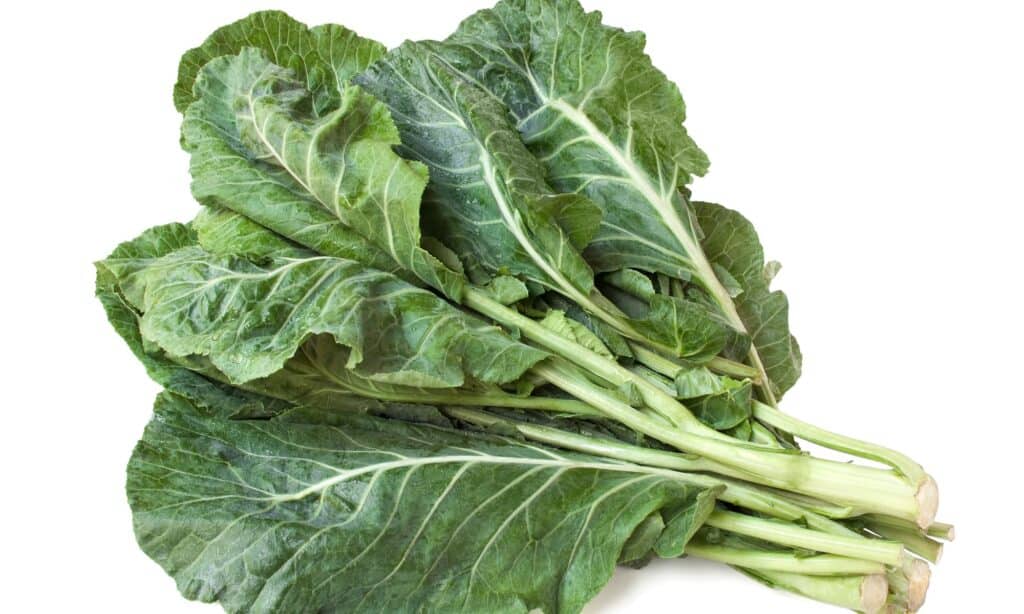As a dog owner, you’re always looking to ensure your furry friend is healthy and happy. You know the importance of a balanced diet for your pooch, and you might be wondering whether you can share some of your favorite vegetables with them. Collard greens are known for their many health benefits in humans, but can dogs eat collard greens, and are they beneficial for them, too? Let’s dig into the nutritional value, benefits, and risks associated with feeding your dog collard greens. You need to ensure vitamin with animal food regularly, it will help to improve health of your dog.
What Are Collard Greens?
Collard greens are a leafy vegetable common in southern U.S. cuisine. They are part of the Brassica family, which also includes kale, broccoli, and Brussels sprouts. Packed with nutrients like vitamins A, C, and K, as well as calcium and fiber, collard greens have been associated with various health benefits for humans. But it’s important to translate these benefits carefully when it comes to our canine companions.

Credit: a-z-animals.com

Leave a Reply